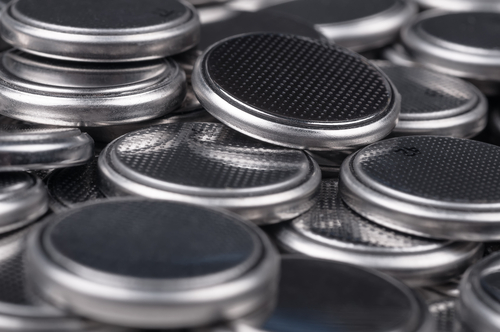ADCI Informational Update 2015 - 13
WARNING
Electrical/Electronic Devices Energized by Button Cells in Hazardous Areas (Potentially Explosive Atmospheres)

What are Button Cells?
Button cells are used to energize a wide range of commonly available, usually small, electrical/electronic devices carried or worn by people. They are sometimes called 'coin cells' and may also be referred to as 'batteries.'
Primary Button Cells (Not Rechargeable)
When the internal chemical action of a cell ceases and it is 'dead,' it should be disposed of in a dead battery bank and be replaced by a new cell. In no circumstances should an attempt be made to recharge a primary button cell. 'Dead' cells in a device should not be replaced within a hazardous area. The chemical make-up of primary button cells include:
- Alkaline
- Silver oxide
- Zinc-air
- Lithium-manganese dioxide (not a Lithium-ion rechargeable type)
Secondary Button Cells (Rechargeable)
The chemical make-up of secondary button cells is usually referred to as Lithium-Ion type. Their chemical make-up combines Lithium with one of a variety of other active materials, producing specific electrical features. Their integrity depends on correctly matched current charge and discharge rates, correct voltage and other factors. Therefore, the correct cell must be used in a device and the correct charger used for recharging.
Incorrectly charged cells may overhead or explode.
Devices Incorporating Secondary (Rechargeable) Button Cells are not acceptable within a hazardous area without an individual risk assessment of its acceptability first being made by a competent person.
Devices incorporating rechargeable button cells necessarily have a USB port, 'D' connector or other form of socket to facilitate recharging as well as any data transfer. These devices are therefore identifiable by the presence of a means of making external connection and will typically have provision for plugging in a connector.
For more information, please click here to view an informational notice on button cells released by the Energy Institute.
Association of Diving Contractors International
